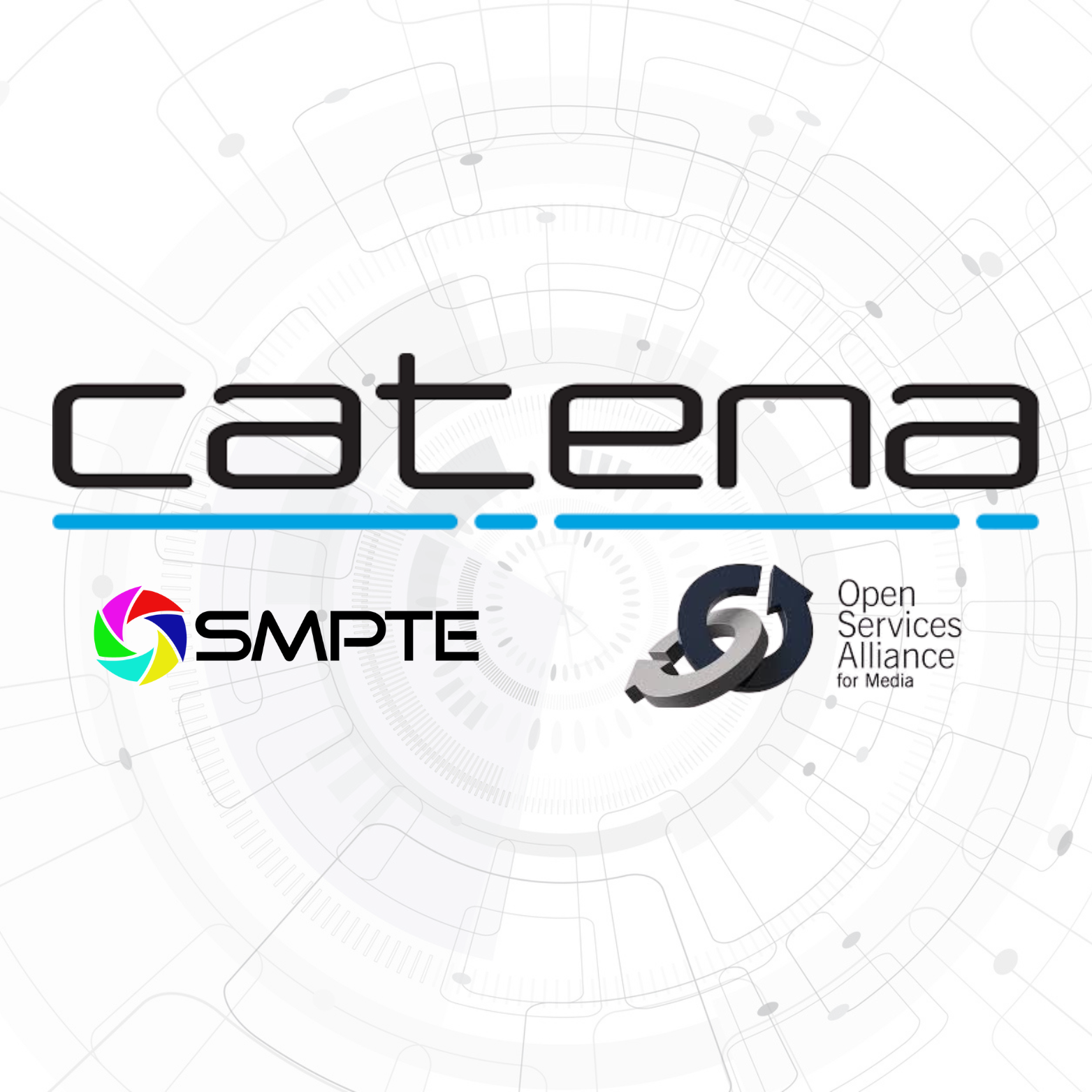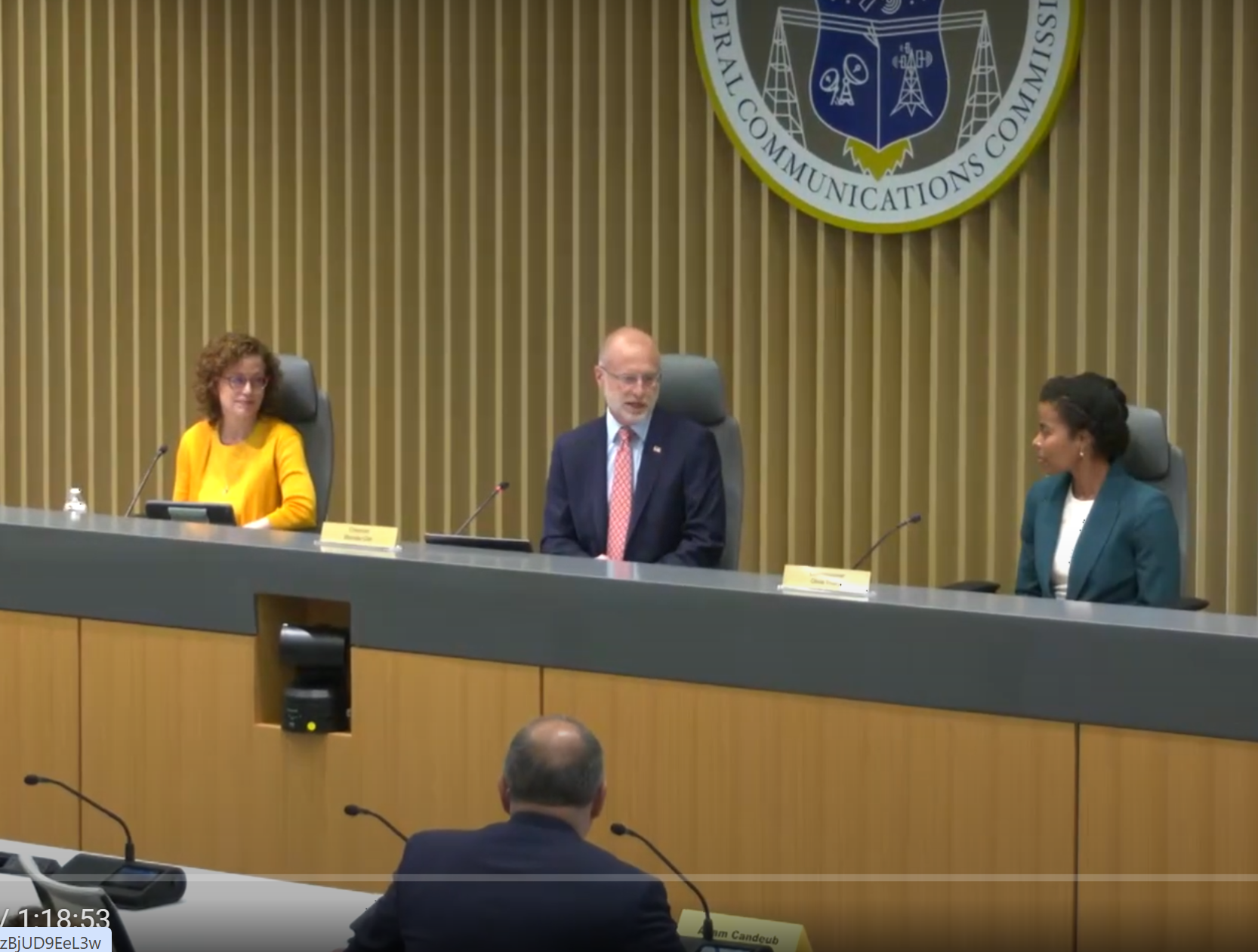Opinion: Why Open Standards are Business-Savvy, Not Idealistic
The value of openness is measurable in reduced cost, increased agility, and decreased risk

It’s easy to frame open standards as a noble cause, somewhere between technical utopia and engineering idealism.
But that sells them short. Open standards aren’t just good engineering practice. They’re a smart business practice. Whether you’re a commercial network, a sports broadcaster or a national public service, the value of openness is measurable in reduced cost, increased agility and decreased risk. And if you’ve ever tried to scale a live-production operation across hybrid cloud and on-prem systems, you already know how valuable that can be.
Open Standards=Business Flexibility
We all know the pain of vendor lock-in. You commit to one supplier, only to discover months later that you’re boxed in—technically and contractually. Want to integrate a new tool from another vendor? Good luck. Want to move parts of your workflow to the cloud? Not so fast.
That’s where open standards come in. They provide the connective tissue—a shared language across devices and systems—so you can evolve your operation without rebuilding from scratch every time. Best-of-breed only works if systems can talk to each other. Standards make that possible.
Your Competitive Edge Depends on Interoperability
The future isn’t monolithic. It’s modular. And modularity only works with interoperability. Without standards, the time, cost and complexity of stitching together those workflows become the bottleneck. That kills agility, and with it, competitive edge.
That’s why we’re seeing growing demand not just for transport-layer standards like SMPTE ST 2110, but now also for control-plane standards like the new SMPTE ST 2138 (also known as Catena).
Customers are the Real Drivers of Standards
One of the biggest misconceptions is that standards come from vendors pushing their own agendas. In reality, the most successful standards are dragged into existence through customer pressure.
The professional video industry's #1 source for news, trends and product and tech information. Sign up below.
SMPTE ST 2110 didn’t win because it was elegant on paper. It won because major broadcasters and sports networks demanded a unified approach to IP video transport. They didn’t want 10 different IP protocols. They wanted one standard. They told vendors: “Get on board or we won’t buy.” That same customer-driven energy is behind Catena.
Why SMPTE ST 2138 Matters
Catena is a new open standard that simplifies control and monitoring across multivendor environments—cloud, on-prem, or hybrid. If ST 2110 solved how to move media, Catena tackles how to configure and control the infrastructure behind it.
It’s being built with real-world use cases in mind, co-developed by broadcasters, vendors and organizations like IABM. And it’s being launched through SMPTE’s Public CD process — a fast-track mechanism to open the spec for public feedback and adoption, without waiting years for full ratification.
We’ve reached the point where we need this to scale. The pain is real, and the time is now. ST 2138 gives us a smarter, more unified way to control our ecosystems.
Why Executives Should Care
Here’s what open standards actually mean for your business:
- Lower integration costs: Less custom engineering=faster deployments.
- Reduced risk: You’re not beholden to a single vendor’s roadmap.
- Greater agility: Spin up new capabilities, scale globally, migrate to cloud—on your terms.
- Talent retention: Engineers prefer open tools and transparent ecosystems.
- Strategic leverage: You negotiate with vendors from a position of choice, not desperation.
In other words, this isn’t an abstract technical debate. It’s a bottom-line issue
The bottom line—open standards aren’t about a live-production industry kumbaya. They’re about keeping your options open in an industry defined by constant change. They’re how you scale with confidence; how you avoid being stuck with yesterday’s infrastructure; how you get to market faster, operate leaner and innovate on your timeline, not someone else’s. In live production, agility is strategy. And open standards are how we enable it.
Want to Help Shape the Future of Control?
If this resonates with you, now’s the time to get involved. ST 2138 (Catena) is entering public consultation, and your feedback could make all the difference.
If you want control standards that truly support your infrastructure, now’s the time to get involved. Click here to review the draft and join the conversation.
Chris is Director, Standards Strategy for the Office of CTO for Ross Video

